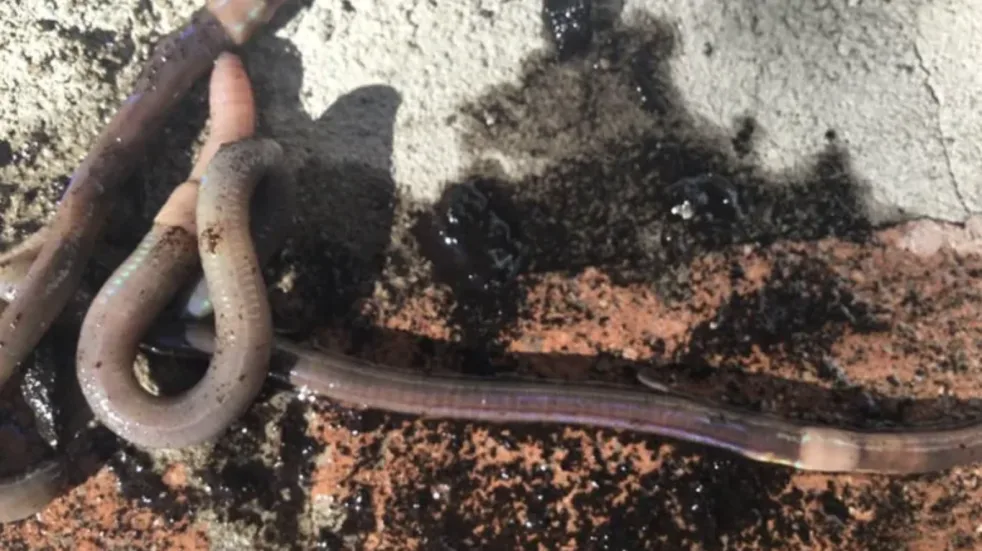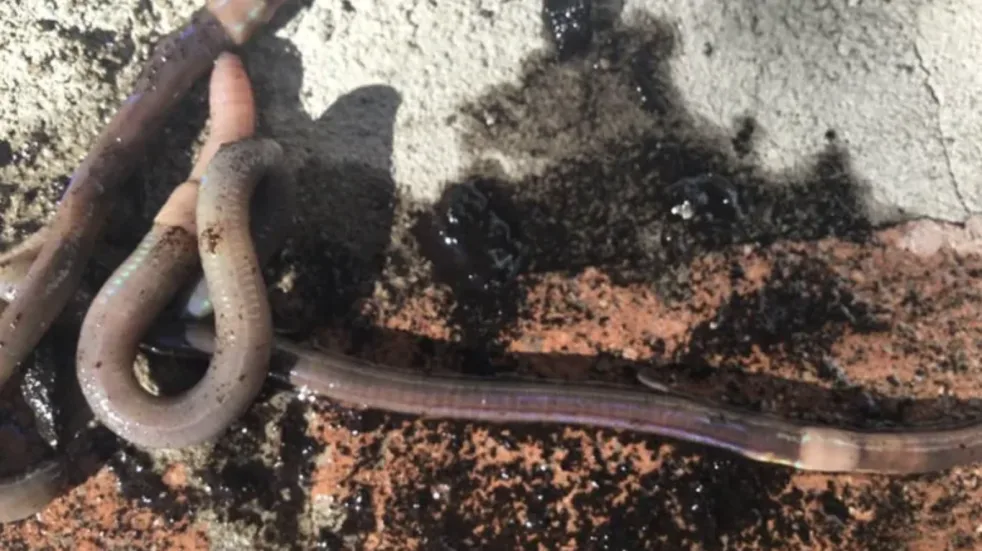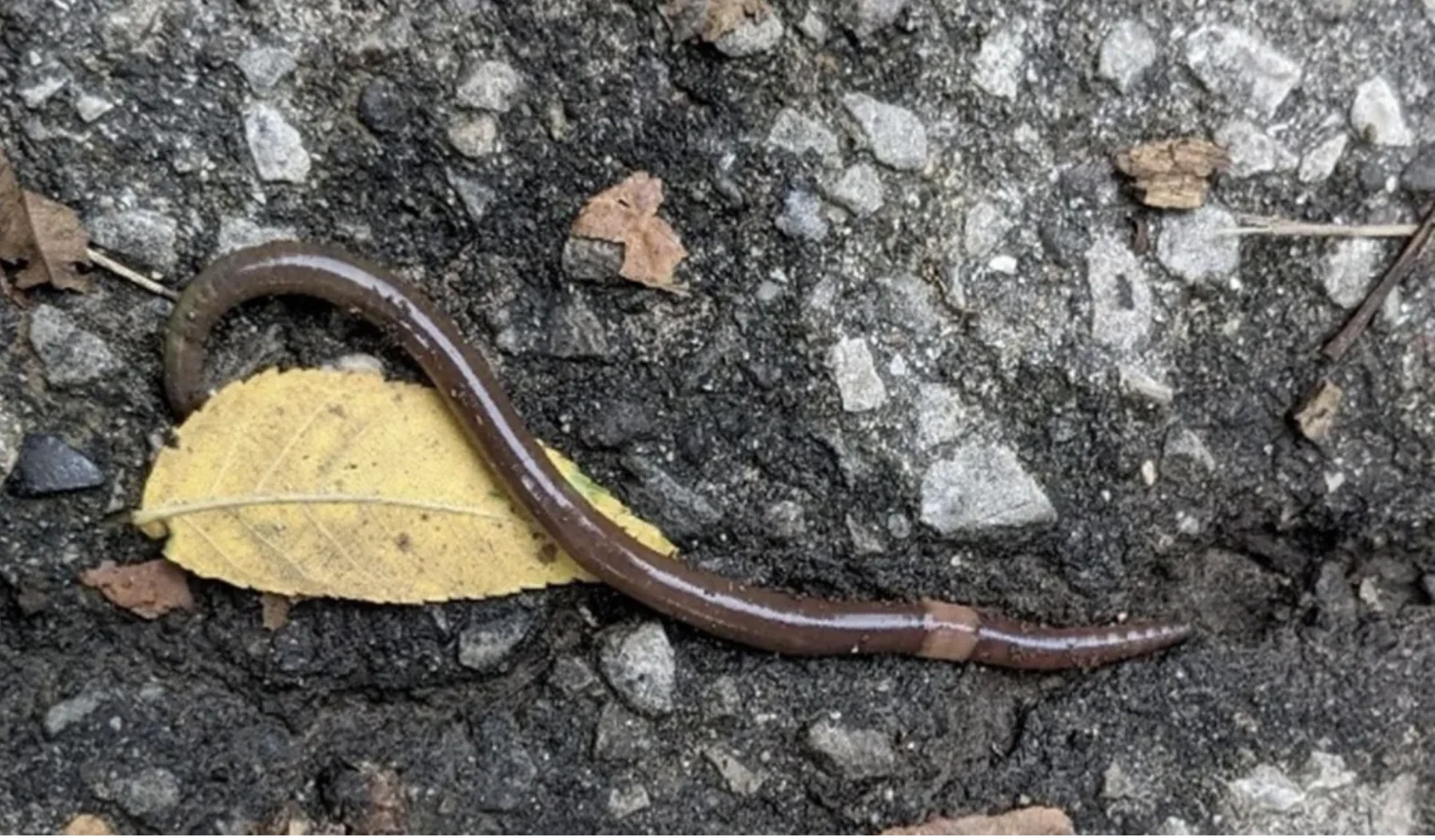
Invasive jumping worm detected in New Brunswick
An invasive worm that can jump on some surfaces and will thrash about in a person's hand has been detected in New Brunswick for the first time.
The Asian jumping worm is an earthworm native to East and Southeast Asia. Its appearance is similar to the European earthworms common in New Brunswick.
But researchers have determined that Asian jumping worms have a bigger negative impact on soil than European worms, said Erin Cameron, an environmental science professor at St. Mary's University in Halifax.
"They can reach higher densities and reproduce quickly," she told Information Morning Saint John.
The worms have smooth, glossy grey or brown bodies, and the most obvious difference between them and European earthworms is what happens when you pick them up, Cameron said.
"Many of them jump and thrash around wildly when they're handled," she said.
"When you pick them up they almost jump out of your hand, but if you don't disturb them they look like a normal earthworm."
Cameron said the worms can also shed their tails as they thrash, which she believes is a defensive tactic.

These Asian jumping worms can measure between 1.5 and eight inches long. (Norma Phillips/Facebook)
The Asian jumping worm was brought to New Brunswick by human activity, which is how almost every earthworm has ended up in the province so far, Cameron said.
She said people can unknowingly bring these species with them when transporting plants.
"They have quite small eggs that almost look like soil particles, so those or even a jumping worm could be associated with a plant," said Cameron.
They can quickly consume organic matter, which changes the soil's nutrient content and could have a great impact on plants and other species.
"The changes in the soil are quite visible. They leave behind this soil that's granular and looks like dried coffee grounds."
Cameron said the best strategy to avoid adding these worms to personal gardens is to check plants for worms before planting them and clean gardening tools when moving between sites.

Asian jumping worms often live in dense populations, just a few centimetres below the surface, leaving behind soil that many describe as having a texture similar to coffee grounds. (Michael McTavish/Invasive Species Centre)
EARLY PRESENCE IN NORTH AMERICA
Cameron said the species was introduced to North America by human activity in 1866 in San Francisco.
"They have been in the continent for a long time, but it was only last summer they were found in New Brunswick," she said.
Cameron said there isn't any research in Canada about the impact these worms can have on other species, but in the United States research has shown they can have a significant impact on plants.
In some states, the Asian jumping worm is banned.
According to the Invasive Species Centre, based in Sault Ste. Marie, Ont., anyone finding jumping worms should make sure the worms are dead before discarding them. They can be easily destroyed in seconds when immersed in isopropyl alcohol.
It is recommended sightings be reported to natural resources officials.
WATCH BELOW: WATCH OUT FOR THESE 3 PROBLEM BUGS YOU COULD FACE THIS SPRING
This article, written by Isabelle Leger, was originally published for CBC News on March 24, 2022.









